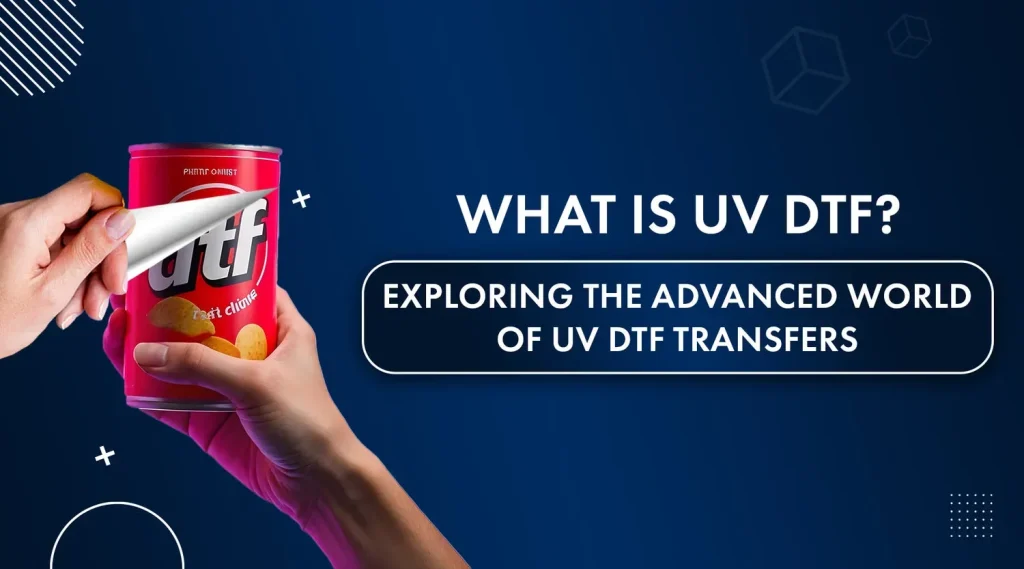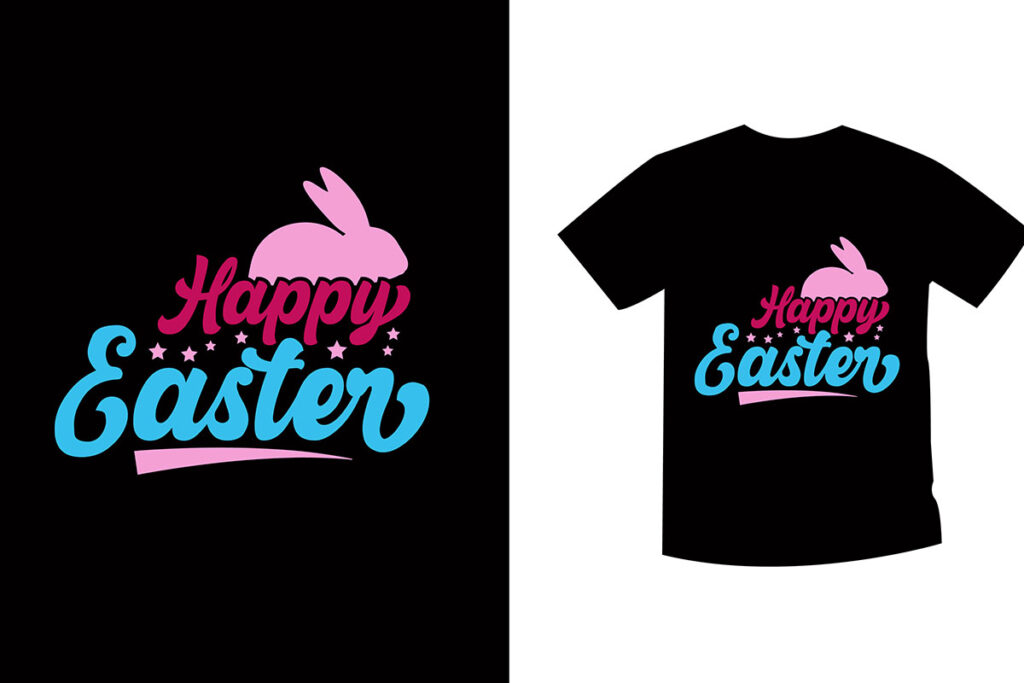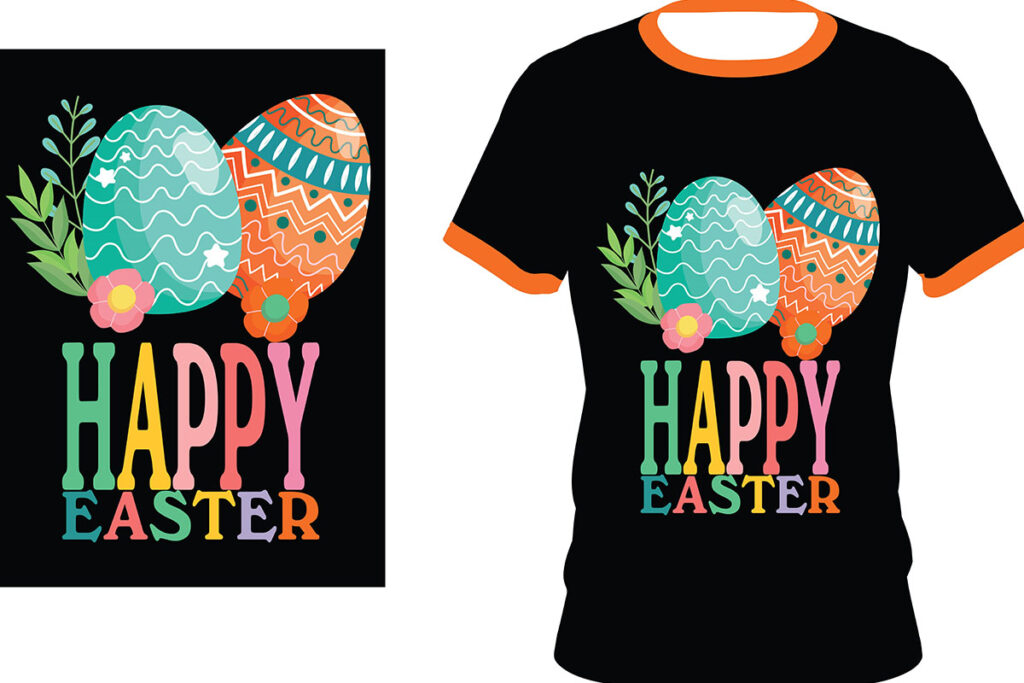UV DTF Technology, or UV Direct to Film technology, is transforming the world of printing with its cutting-edge capabilities and diverse applications. This innovative solution harnesses the power of UV printing to produce durable prints on an array of substrates, making it ideal for businesses seeking cost-effective printing solutions. As a forward-thinking method of direct to film printing, UV DTF technology also emphasizes eco-friendly printing practices, aligning with the increasing demand for sustainable production methods. By utilizing specialized inks cured with ultraviolet light, this technology not only enhances the quality and longevity of printed materials but also reduces waste, demonstrating a commitment to environmental responsibility. With its versatility and robustness, UV DTF is set to revolutionize how companies approach their printing needs, ensuring high standards in quality and durability.
The rapid evolution of printing technology includes a remarkable innovation known as UV DTF, which stands for ultraviolet direct to film. This technique blends contemporary printing methods with advanced ink formulations to deliver impressive, long-lasting results on various materials. Often referred to as direct-to-film printing, it has gained recognition for its sustainable approach and ability to produce vibrant, durable prints. As businesses across different sectors increasingly seek reliable and green alternatives, options like UV DTF technology emerge as leading choices for delivering high-quality results without compromising on environmental values. With its focus on efficiency and quality, this unique printing process is paving the way for a new standard in the printing industry.
Understanding the Basics of UV DTF Technology
UV Direct to Film (DTF) technology represents a significant breakthrough in the field of printing, merging the best attributes of traditional UV printing with the versatility offered by direct-to-film techniques. This innovative approach utilizes UV light to cure inks as they are transferred onto the film, allowing for rapid drying and excellent adhesion to a variety of substrates. The result is not only visually stunning but also stands up to the rigors of wear and tear, making it an ideal choice for products such as apparel and promotional materials.
As businesses strive to meet the growing demand for high-quality customized prints, UV DTF technology is proving to be a game-changer. Its ability to produce intricate designs on everything from textiles to plastics and metals opens up endless possibilities for product offerings. Moreover, the technology supports both short runs and large-scale productions, adapting to the needs of varied market segments like fashion, industry branding, and signage.
Advantages of Durable Prints with UV DTF
One of the standout features of UV DTF technology is the durability of the prints produced. Unlike conventional inks that may wear off or fade over time, UV inks are resistant to scratching, chemicals, and UV radiation. This attribute ensures that items such as sportswear, outdoor signage, and promotional products maintain their quality and vibrancy even after extensive use. Businesses can confidently offer their customers products that boast prolonged lifespans without compromising on aesthetics.
Additionally, the resilience of UV DTF prints can be a decisive factor for companies looking to reduce return rates and enhance customer satisfaction. In markets where brand reputation hinges on product quality, the enduring nature of UV prints aligns perfectly with consumer expectations for superior durability. Investing in UV DTF technology empowers businesses to provide solutions that thrive under challenging conditions while sustaining a competitive edge in the marketplace.
Eco-Friendly Benefits of UV DTF Printing
With the increasing pressure to adopt environmentally friendly practices, UV DTF technology stands out as a viable option for eco-conscious businesses. The ink formulations used in UV DTF printing are typically less harmful than those employed in conventional solvent-based processes, contributing to greener production methods. By opting for UV DTF, businesses can significantly reduce their carbon footprint and appeal to a growing demographic of environmentally aware consumers.
Moreover, the eco-friendly advantages of UV DTF extend beyond the inks themselves. The efficient printing process minimizes waste by ensuring precise application onto films, reducing excess material usage. As companies continue to seek sustainable production methods, embracing the UV DTF technology not only aligns with a commitment to environmental stewardship but also enhances corporate responsibility initiatives.
Cost-Effective Printing Solutions with UV DTF
While the initial investment in UV DTF printers may be perceived as high, the long-term cost savings are impressive. This technology optimizes production workflows, significantly reducing labor costs and minimizing material waste. By streamlining the printing process, businesses can produce more outputs in less time, leading to improved operational efficiencies and greater returns on investment.
Additionally, the versatility of UV DTF means that businesses can diversify their product lines without incurring substantial additional costs. With the capability to print on a variety of surfaces, companies can explore new markets and develop innovative products without the need for multiple printing systems. This flexibility and cost efficiency can provide a substantial financial advantage in today’s competitive landscape.
Industry Applications of UV DTF Technology
UV DTF technology has garnered widespread adoption across various industries, making a significant impact on sectors such as fashion, industrial printing, and promotional products. For instance, custom apparel manufacturers have leveraged UV DTF to create stunning, eye-catching designs that resonate with consumers. The ability to print directly onto transfer films allows for intricate graphics and personalization, catering to the demand for uniqueness in consumer products.
Moreover, in the promotional products industry, UV DTF technology enables businesses to produce branded merchandise that is not just visually appealing but also durable. Items like water bottles, bags, and promotional gifts can be printed with high-resolution designs that withstand the rigors of everyday use. The success stories from these industries serve as case studies of the transformative power of UV DTF, showcasing how embracing this technology leads to enhanced productivity and product differentiation.
Challenges in Adopting UV DTF Technology
Despite its numerous advantages, the adoption of UV DTF technology is not without challenges. One of the primary barriers is the initial setup cost, which can be a significant hurdle for smaller enterprises or startups in the printing industry. It is essential for businesses to analyze their needs and the potential ROI before making such an investment, as the upfront financial commitment can be daunting.
Additionally, the rapidly evolving market presents its own set of challenges. As more companies embrace UV DTF technology, competition intensifies, which makes it necessary for businesses to stay updated with the latest advancements and consumer preferences. A continual investment in training and technology upgrades is often required to maintain a competitive edge, adding another layer of complexity for potential adopters.
Frequently Asked Questions
What is UV DTF technology and how does it work?
UV DTF technology, or ultraviolet direct to film technology, uses UV light to cure special inks as they are printed onto transfer films. This innovative process enables high-quality printing on diverse substrates including textiles, plastics, and metals, making it a versatile choice for various applications.
What are the benefits of using UV DTF technology in printing?
The benefits of UV DTF technology include producing durable prints that resist fading and scratching, excellent substrate compatibility, and eco-friendly printing solutions that minimize environmental impact. Additionally, it offers cost-effective printing solutions due to reduced material waste and higher operational efficiency.
Is UV printing part of UV DTF technology?
Yes, UV printing is a key component of UV DTF technology. It involves using ultraviolet light to cure inks instantly on films, allowing for vibrant colors and detailed designs that adhere well to various surfaces, enhancing the overall quality of the prints produced.
How does UV DTF technology compare to traditional printing methods?
Compared to traditional printing methods, UV DTF technology offers better durability, versatility in substrate options, and eco-friendly attributes. Furthermore, it reduces production time and costs associated with printing, making it an attractive option for businesses looking to improve their workflow and product offerings.
Can UV DTF technology be used for promotional products?
Absolutely! UV DTF technology is highly effective for creating promotional products due to its ability to print on a variety of substrates and produce high-quality, durable prints. This technology allows businesses to offer customized, vibrant products that meet the needs of their clients.
What industries are adopting UV DTF technology for printing?
Many industries are adopting UV DTF technology, including custom apparel, sportswear, and promotional products. Its versatility and durability make it a go-to choice for businesses looking to enhance their product offerings and streamline production processes.
| Key Developments | Description | Benefits | Considerations |
|---|---|---|---|
| Advanced Printing Capabilities | Allows for printing on various substrates including textiles, plastics, metals, and wood. | Expands potential product lines for businesses. | Higher initial setup costs may deter smaller businesses. |
| Durability and Quality | UV inks resist scratching, fading, and chemicals, creating long-lasting prints. | Ideal for high-wear applications like fashion and promotional items. | Long-term reliability of technology is dependent on ongoing maintenance. |
| Eco-Friendly Considerations | Uses less harmful inks compared to traditional solvents, promoting environmental health. | Aligns with businesses’ sustainability goals, potentially attracting eco-conscious customers. | Regulations on ink composition may evolve, requiring adaptation. |
| Cost Efficiency | Minimizes material waste and reduces labor costs. | Improves operational efficiency and ROI over time. | Initial financial investment can be a barrier to entry for new firms. |
Summary
UV DTF technology is revolutionizing the printing industry by offering high-quality, durable prints across various materials and applications. Its unique printing capabilities allow it to excel in versatility, making it a strong contender for businesses looking to expand their product offerings. Sustainability is also a significant advantage, as UV DTF technology uses less harmful inks compared to traditional methods, aligning with eco-friendly practices. Cost efficiency enhances its appeal further, allowing businesses to optimize their production processes. However, potential adopters should be aware of the initial costs and competitive market landscape. As they navigate these challenges, embracing UV DTF technology could provide substantial benefits, ensuring businesses remain competitive and responsive to evolving consumer demands.



